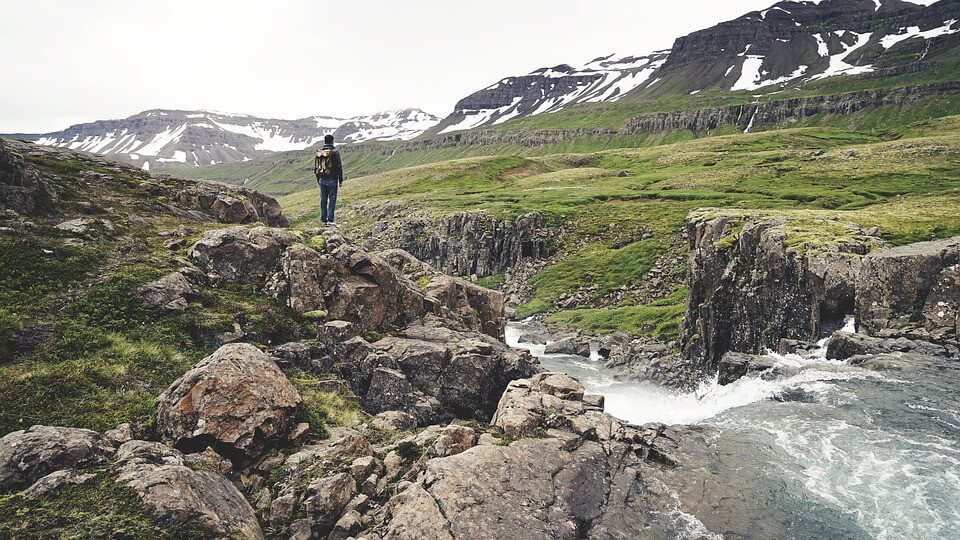The Tour de France. It conjures images of lycra-clad gladiators battling scorching sun, treacherous mountains, and each other across the stunning French countryside. But this grueling cycling race, now a global phenomenon, has a surprisingly scrappy origin story.
Let’s rewind to 1903. France was in the midst of a newspaper war, and circulation numbers for L’Auto, a sports daily, were sagging. Enter Henri Desgrange, the paper’s editor and a former cycling champion himself. He, along with journalist Geo Lefevre, hatched a daring plan: a multi-day bicycle race stretching across the entire country. Think of it as a publicity stunt on wheels!
The first Tour de France was a far cry from the sleek, modern race we know today. Just 60 riders, mostly French, took to the starting line outside a Parisian café. The route was a brutal 2,428 kilometers (1,500 miles), with riders facing not only punishing distances but also self-reliance – they even had to fix their own flat tires! Despite the challenges, the race captured the public’s imagination. Fans lined the roads, cheering on the weary cyclists as they battled through dust, rain, and accusations of cheating (yes, even back then!).
The early years were a rollercoaster. The inaugural winner, Maurice Garin, was disqualified for cheating (rumors swirled he’d taken a train!), and the scoring system changed several times. But the Tour persevered, growing in popularity with each edition. Mountains were incorporated, testing the riders’ physical and mental limits. The iconic yellow jersey, L’Auto’s signature color, debuted in 1919, instantly becoming a symbol of Tour de France glory.
The race wasn’t without its setbacks. World Wars I and II forced cancellations, and doping scandals have tarnished the sport at times. Yet, the Tour de France has always bounced back, adapting to the changing world. Technological advancements like derailleurs (gear shifters) made the race faster and more exciting. National teams gave way to trade teams, adding a commercial element but also fostering a sense of camaraderie within squads.
Today, the Tour de France is a three-week extravaganza. The route changes year to year, showcasing the diverse beauty of France, from the rolling vineyards of Champagne to the majestic peaks of the Alps. Millions of spectators line the route, creating a vibrant, electric atmosphere. The race attracts the world’s best cyclists, each vying for the coveted yellow jersey, a symbol of ultimate cycling achievement.
But the Tour de France is about more than just champions. It’s a testament to human endurance, a celebration of French culture, and a sporting drama that unfolds on a national stage. It’s the story of a scrappy publicity stunt that grew into a global phenomenon, a testament to the enduring power of the bicycle and the grit of those who dare to race across a country. So next time you see the Tour de France on TV, remember – it’s not just a bike race; it’s a slice of history hurtling towards the finish line.
